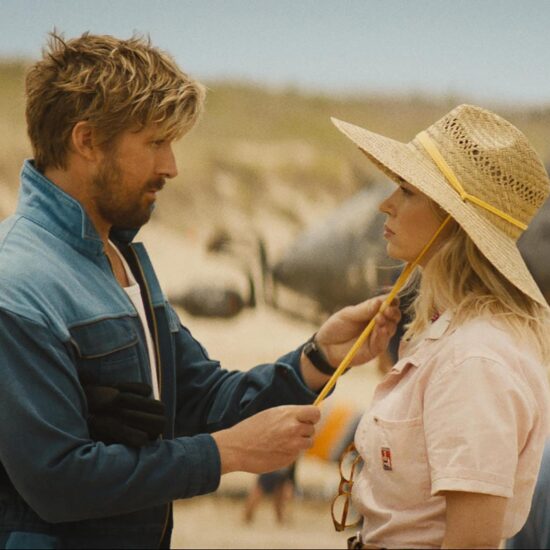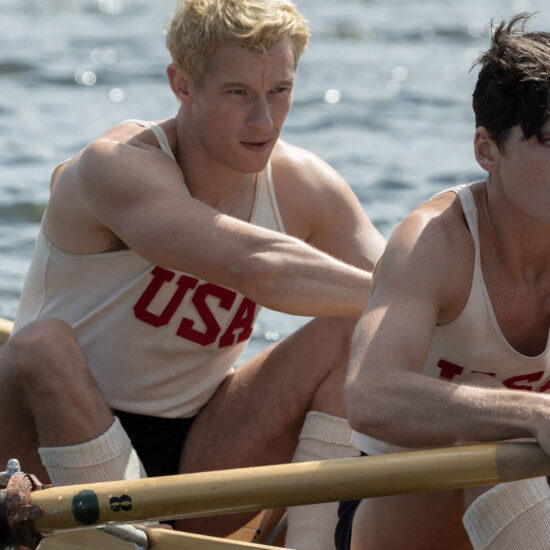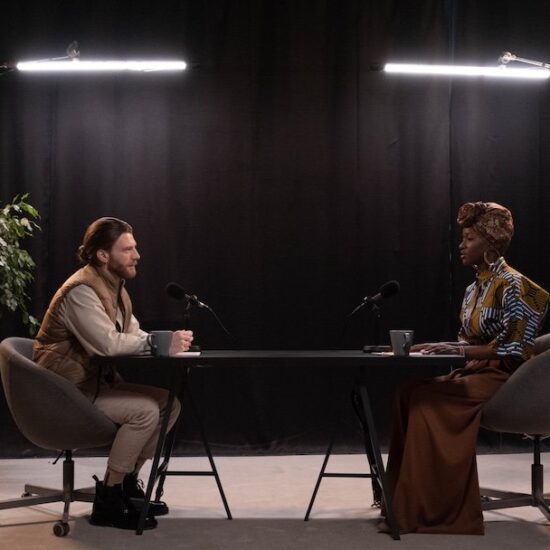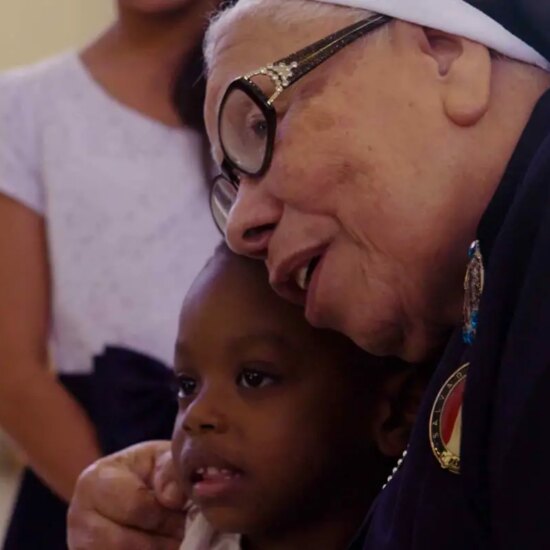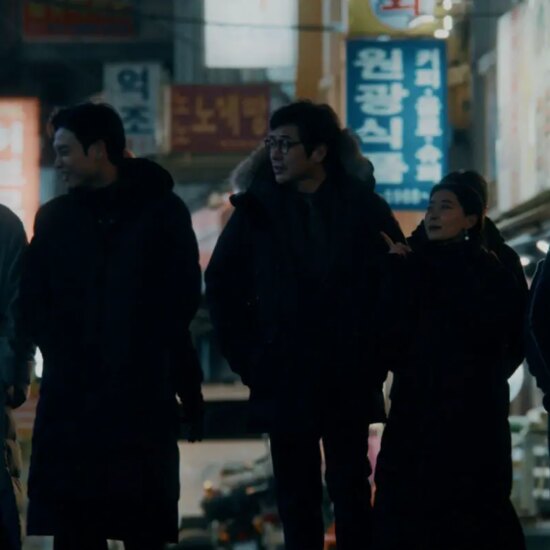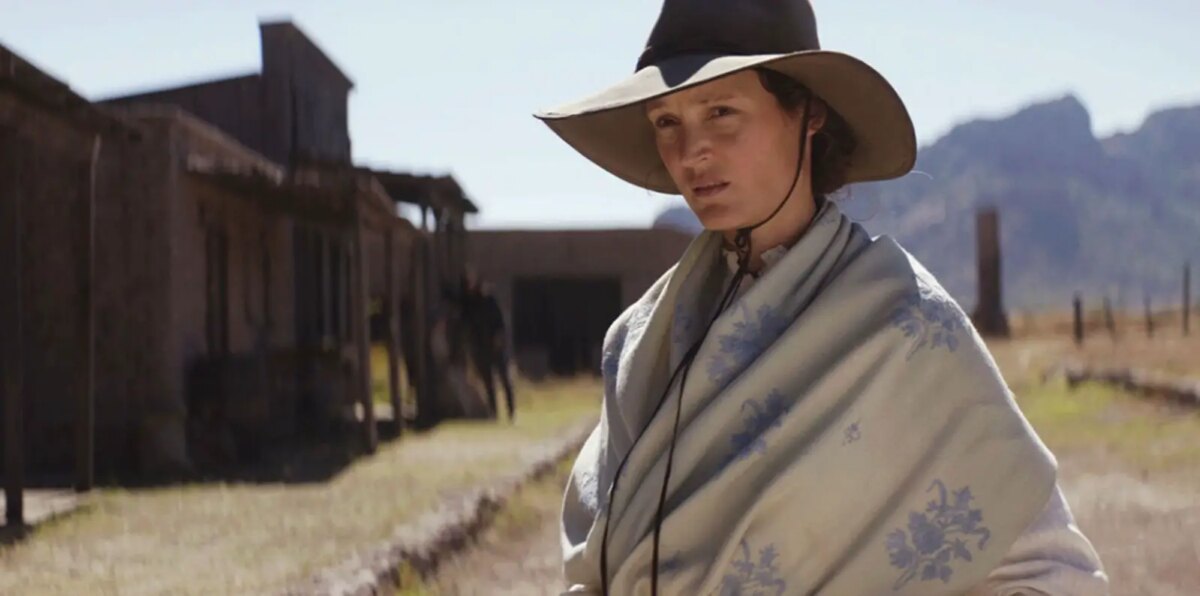
TORONTO INTERNATIONAL FILM FESTIVAL 2023 REVIEW! The Dead Don’t Hurt, Viggo Mortensen’s second film as a writer-director, is a curious beast. It defies and subverts traditional tropes of the Western, almost deconstructing it in the same way Unforgiven did, and yet it manages to fit solidly into the genre, too.
One of the nontraditional aspects of The Dead Don’t Hurt is that it is told somewhat non-chronologically. We start close to the end—Nevada in the 1860s, Holger Olsen (Mortensen) watches his wife Vivienne (Vicky Krieps) on her deathbed. Meanwhile, a figure clad in all black shoots up the town. As Olsen is burying his wife, we see he’s got a son, and he’s also the sheriff. The mayor rides up to tell Olsen one of his deputies has been shot by the villain, and we see the mayor and the sheriff don’t quite get along. So far, we’ve got the classic Western setup—good vs. evil, and everyone is afraid of the man in black except for our hero.
“…dares to tell the story of the brutality of life in the West for women…”
But this is where The Dead Don’t Hurt diverges from traditional Western tropes. We flashback to Vivienne, both to her previous relationship in San Francisco and even to her childhood in French settlements in Canada. Then there’s a somewhat linear progression as we see her meet Olsen, and their life together is filled in.
The Dead Don’t Hurt is being called a “feminist Western.” That might evoke lady gunslingers or some other Hollywood fantasy, but the film is too smart for that. Instead, it is going for period accuracy. It dares to tell the story of the brutality of life in the West for women, an area that has been criminally unexplored in cinema. The world may still be ruled by men today, but just imagine a life with little law, one ruled almost entirely by guns and one where women are only allowed in a few narrow roles and jobs. Once you see a woman who is more than simply a background character or a love interest in a Western, you have to wonder — why hasn’t that part of the story been told before? It resonates perfectly with so many struggles today. As writer and director, Mortensen deserves a huge amount of credit for, I hope, changing Westerns for the better going forward.









